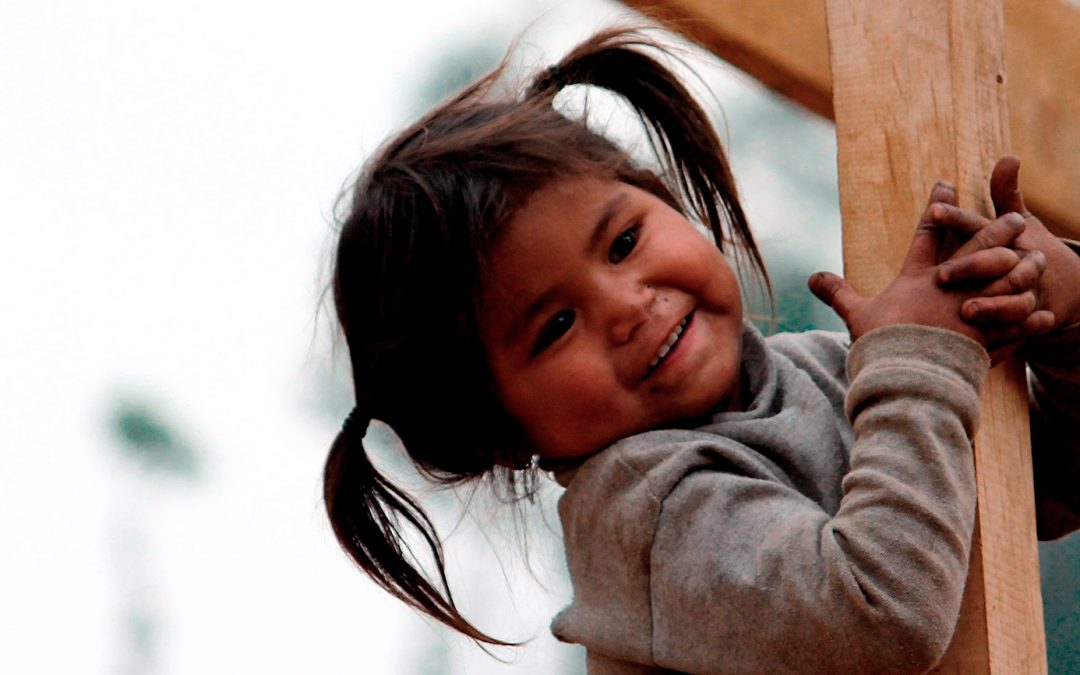This is an excerpt from UNHCR’s recently released report: Beyond Technology | Innovation at UNHCR 2015. This report highlights and showcases some of the innovative approaches the organization is taking to address complex refugee challenges.
If anyone still pictures a refugee camp when they think about the work of UNHCR, they have not been to Costa Rica. There are about 3,680 registered refugees in the country and around 90 percent of refugees and asylum seekers live in the San Jose metropolitan area. In Costa Rica, refugees enjoy the same rights and duties as its citizens, from education and healthcare, to employment and financial services.
But in reality, despite the favorable social, economic, political and cultural context, refugees in Costa Rica claim they feel lost, and unsure about where to get accurate information about renewing their legal documents, for example, or enjoying full access to public services.
Participatory assessments showed us that one of the biggest barriers to local integration for refugees and asylum seekers in the country is a lack of access to information.
In 2013, UNHCR leveraged its idea management platform, UNHCR Ideas, to crowdsource ways to improve access to information and services for refugees living in urban areas. The winning idea, a website called “help.unhcr.org,” would provide reliable and timely information and serve as a channel for communication for refugees and other persons of concern.
When Valentina was selected as a 2013-2014 Innovation Fellow, she believed the help site was the right platform to address urban refugee issues in San Jose. She used the Innovation fellowship to understand human-centered design, learn about the innovation process and how to manage it, and hold workshops with refugees in Costa Rica about the kind of information they felt they needed in order to ensure their local integration.
UNHCR Innovation supported us as we became the first country operation to pilot the help.unhcr.org site; gathering, compiling and translating content that was specific to people of concern in Costa Rica on topics ranging from which partner organizations offered special services for children or the LGBTI community, to describing the asylum seeking process.
UNHCR Innovation provided all the technical support to make the site a reality. It was especially helpful how they got inside the way we worked and even how our partner agencies operated, and made sure the end product fit into that in an organic way. We do not have an IT person in our office in Costa Rica, so just having that kind of support alone was key.
With UNHCR Innovation, it has all been about working together.
They have never imposed ideas on our team. Instead, it has been a collaborative process that started with ideas from refugees themselves—something we both think made the final product a lot stronger and more useful. That’s the magic of innovation, we believe: Everyone gets a voice in the process.
We unveiled help.unhcr.org on World Refugee Day: June 20, 2015. Over the next few months, the Costa Rica Operation together with UNHCR Innovation worked on updating the content on a regular basis to make sure the information provided was current and timely. Since its launch, the site has had more than 3,700 new users. When you remember that there are 3,680 recognized refugees in Costa Rica, this number is very significant.
We are certain that we would not have gotten to this point without the support of the Innovation Unit. They continuously provide analytics and feedback on the site that allows us to see what content is most in-demand, as well as how and where people are accessing it. This means we can continue to be as responsive as possible.
We also created a social media campaign to sensitize Costa Ricans about refugee-related matters. For local integration to work, the host community should be able to understand who refugees are and how they can be active contributors to the development of the country. We therefore produced a series of short videos that show how refugees and “Ticos” are equal, as both enjoy the same rights and duties.
Now, with UNHCR Innovation’s continued input, we’re thinking beyond the website, and considering how to reach and serve newer populations arriving to Costa Rica. Next year we have more communications initiatives in store containing the same information found on help.unhcr.org, like a mobile app and digital information stands that will be placed in strategic points in the San Jose metropolitan area and throughout the country. These two initiatives allow the user to contact UNHCR directly, making them two-way communication channels.
By working with the Innovation team, we have been able to test ideas, seeing if they work and scaling them up when they do. We are all learning from each other and seeing what communication platforms can create the most impact.
We think there can never be too many ways for refugees and other people of concern to access the information they need.
Listening to refugees themselves as we test more channels for them to get information and provide feedback is always necessary. And the more we get the host community to see refugees just as ordinary people who come to the country with knowledge and dreams, the more successful our efforts to locally integrate refugees will be in the long run.
We’re always looking for great stories, ideas, and opinions on innovations that are led by or create impact for refugees. If you have one to share with us send us an email at [email protected]
If you’d like to repost this article on your website, please see our reposting policy.

